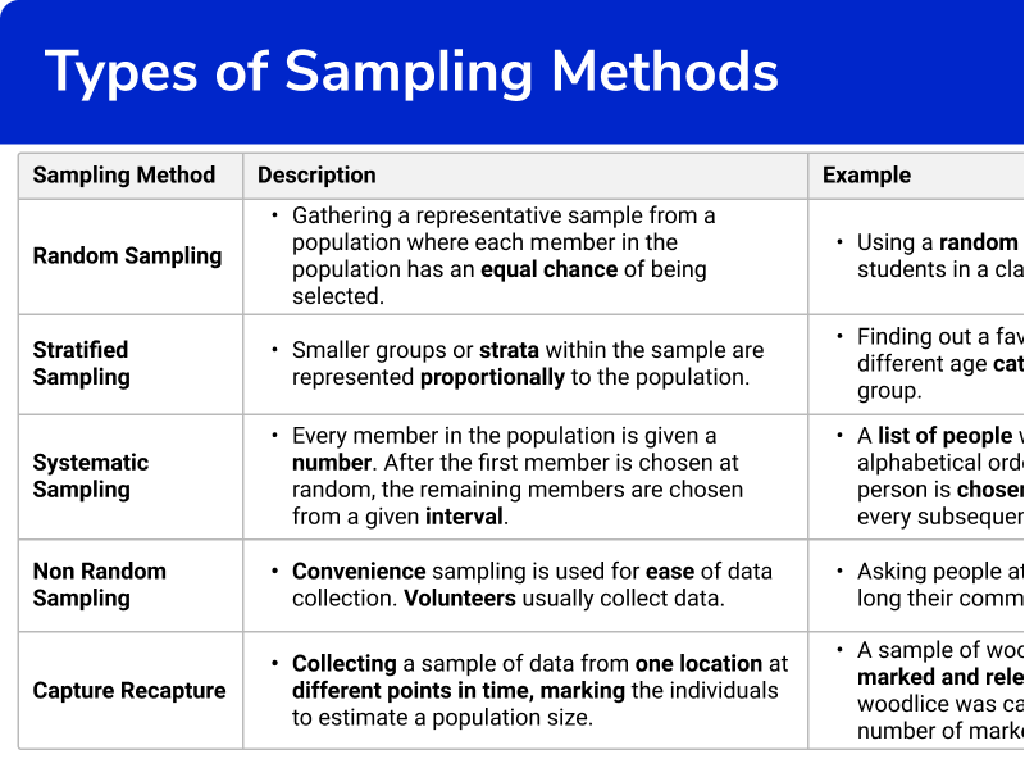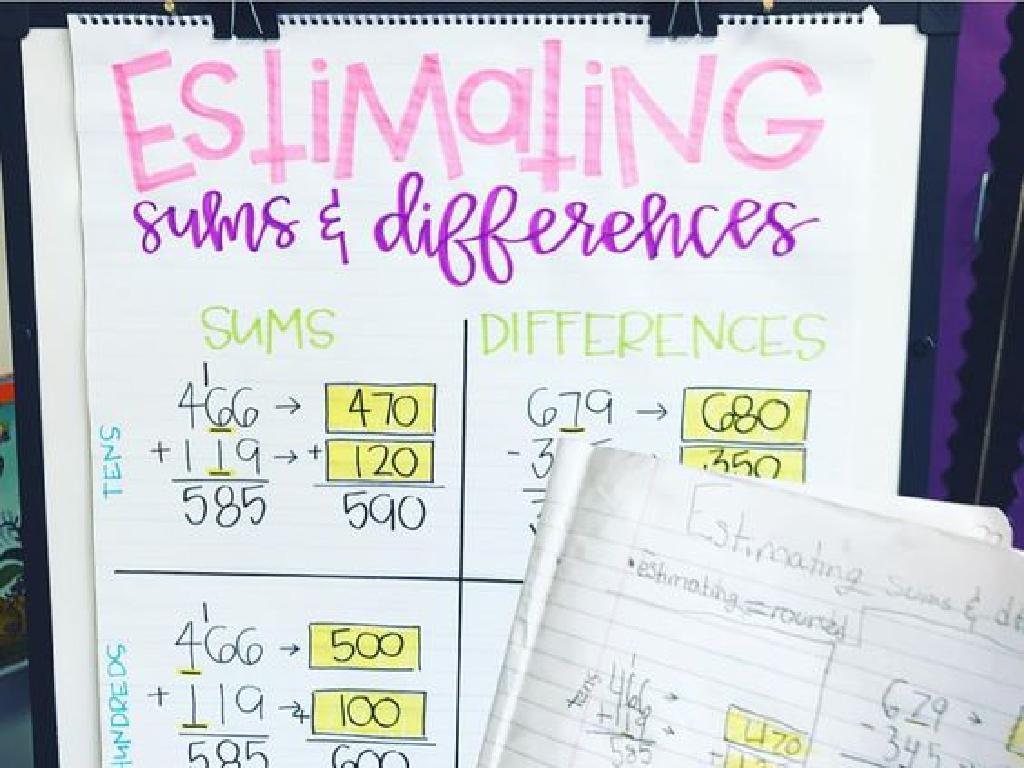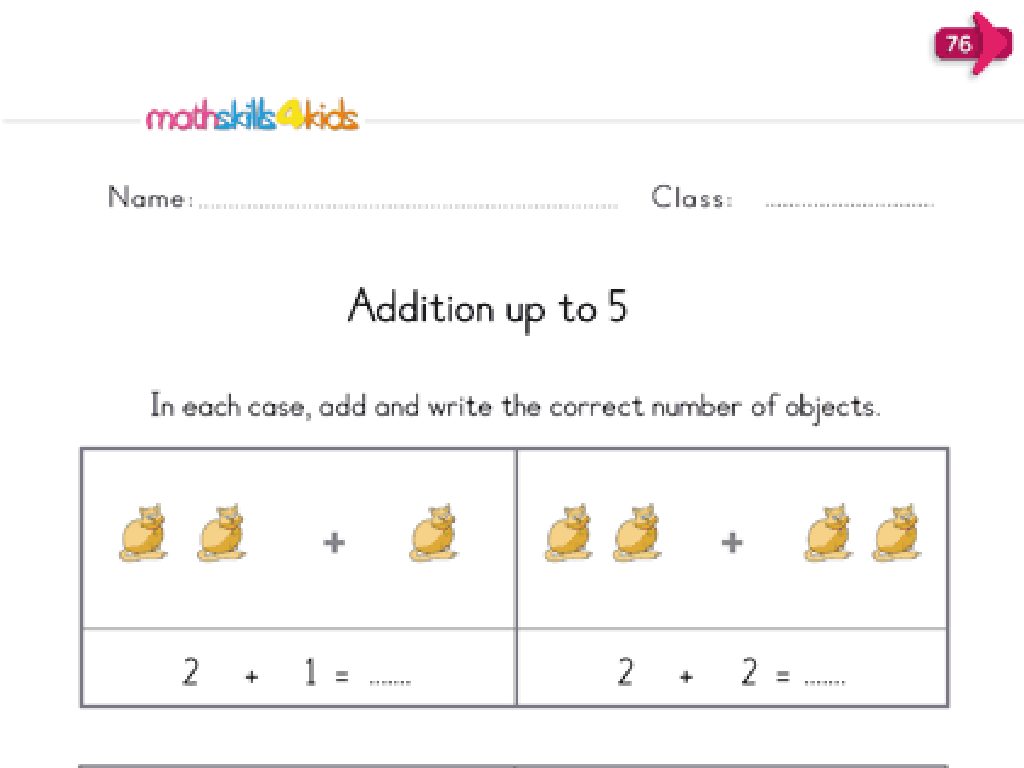What Causes The Seasons On Earth?
Subject: Science
Grade: Seventh grade
Topic: Astronomy
Please LOG IN to download the presentation. Access is available to registered users only.
View More Content
Astronomy: Earth’s Seasons Explained
– Our Solar System overview
– Earth’s position in space
– Earth orbits the Sun, tilted on its axis
– Earth’s tilt and orbit
– The tilt causes sunlight to hit Earth differently throughout the year
– Preview: Seasons’ causes
– We’ll explore how tilt and orbit create seasons
|
This slide introduces students to the basics of our Solar System and Earth’s place within it, setting the stage for understanding the causes of seasons. Emphasize that Earth’s tilt and its orbit around the Sun are key factors. The varying angles at which sunlight hits the Earth result in different seasons. In the upcoming lessons, students will learn how the tilt of Earth’s axis and its path around the Sun lead to seasonal changes. Encourage students to think about the differences in weather and daylight they experience throughout the year as a precursor to learning about the scientific reasons behind these changes.
The Earth’s Tilt and Seasons
– Earth’s axis is tilted
– Tilted at approximately 23.5 degrees
– Tilt remains constant
– Tilt’s role in seasons
– Tilt causes varying sunlight intensity
– Seasonal changes explained
– More direct sunlight in summer, less in winter
|
The Earth’s axis is tilted at about 23.5 degrees relative to its orbit around the Sun, and this tilt remains constant as it orbits. This tilt is crucial in understanding the changing seasons. As the Earth travels around the Sun, different parts of the planet receive varying amounts of sunlight at different times of the year. When the Northern Hemisphere is tilted towards the Sun, it experiences more direct sunlight and warmer temperatures, resulting in summer. Conversely, when it is tilted away, it receives less direct sunlight, leading to colder temperatures and winter. The Southern Hemisphere experiences opposite seasons at the same time. This slide will help students grasp why different parts of the Earth experience seasons at different times and the significance of the Earth’s constant axial tilt in this process.
Orbit Around the Sun: Seasons Explained
– Earth’s elliptical orbit
– Not a perfect circle, but an oval-shaped path around the Sun.
– Perihelion and aphelion concepts
– Perihelion: closest to Sun in January, Aphelion: farthest in July.
– Orbit influences seasons
– Variations in distance affect the intensity of seasons.
|
This slide aims to explain how Earth’s orbit around the Sun contributes to the changing seasons. The orbit is not a perfect circle but an ellipse, which means there are times when the Earth is closer to the Sun (perihelion) and times when it is farther away (aphelion). This affects the amount of solar energy received at different times of the year, contributing to the seasons. However, it’s crucial to clarify that the tilt of Earth’s axis is the primary reason for the seasons, while the elliptical orbit has a more subtle effect on the intensity and length of seasons. Engage students by discussing how the distance from the Sun might influence temperature and weather patterns during different parts of the year.
Solstices and Equinoxes: Seasonal Markers
– Define solstices and equinoxes
– Solstices and equinoxes are key points in Earth’s orbit marking season changes.
– Explore Summer and Winter Solstice
– Summer solstice is the longest day, winter solstice the shortest.
– Understand Spring and Autumn Equinox
– Equinoxes are when day and night are nearly equal in length.
– Significance in seasons
– They help explain why we have different seasons and climate changes.
|
This slide introduces students to the astronomical events that define our seasons: solstices and equinoxes. Solstices occur when the Sun reaches its highest or lowest point in the sky at noon, marked by the longest and shortest days. Equinoxes happen when the Sun crosses the equator, making day and night approximately equal in length. These events are significant in understanding the Earth’s tilt and orbit around the Sun, which cause the seasonal variations we experience. Encourage students to think about how these changes affect the environment and human activities. Discuss cultural and historical significance of these events in various societies.
Seasons Around the World
– Seasons in different hemispheres
– Northern Hemisphere experiences summer while Southern has winter, and vice versa.
– Opposite seasons explained
– Earth’s tilt and orbit lead to opposite seasons in opposite hemispheres.
– Seasonal changes globally
– Examples: Winter in Canada means snow, while Australia has summer beach weather.
– Impact on local climates
|
This slide aims to explain the concept of seasons and their variations across the globe. Students should understand that the Earth’s tilt is responsible for the different seasons experienced in the Northern and Southern Hemispheres at the same time. Emphasize the contrast between the hemispheres with real-world examples, such as how winter in the Northern Hemisphere means summer in the Southern Hemisphere. Discuss how these seasonal changes affect the local climate, flora, and fauna, and cultural activities. Encourage students to think about how the opposite seasons might affect people living in different parts of the world.
Hands-On Activity: Modeling Earth’s Seasons
– Create a model of Earth’s tilt and orbit
– Gather a lamp, globe, and a marked axis
– Simulate seasons with the model
– Use the lamp as the Sun, tilt the globe on its axis, and orbit it around the lamp
– Observe and record the changes
– Notice how the tilt affects sunlight distribution during the orbit
|
This class activity is designed to help students understand the concept of Earth’s seasons through a hands-on model. The lamp represents the Sun, and the globe represents the Earth. By tilting the globe on its axis (marked for reference) and moving it around the lamp, students can simulate how the Earth’s tilt and its orbit around the Sun cause the seasons to change. Encourage students to observe how the angle of the Earth’s tilt affects the distribution of sunlight on the globe’s surface, leading to variations in temperature and daylight hours that characterize different seasons. Have students record their observations and discuss how the tilt and orbit contribute to seasonal changes. Possible activities include having different students simulate different seasons, comparing the sunlight distribution at various points in the orbit, and discussing why the equator experiences less seasonal variation.
Seasons on Earth: Review & Discussion
– Recap: Earth’s seasons causes
– Earth’s tilt and orbit lead to seasonal changes.
– Open floor for questions
– Share activity observations
– What did you notice during the activity?
– Discuss and clarify doubts
– Let’s address any confusion together.
|
This slide aims to consolidate the students’ understanding of the reasons behind the changing seasons on Earth. Begin with a brief recap, highlighting how the tilt of the Earth’s axis and its orbit around the Sun create seasonal variations. Open the discussion for any questions the students might have, allowing them to seek clarification on any points they’re unsure about. Encourage them to share their observations from any activities or experiments conducted during the lessons on this topic. This will help them to engage with the material actively and to learn from each other’s insights. Use this opportunity to correct any misconceptions and to reinforce key concepts. The goal is to ensure that all students leave the class with a clear understanding of why seasons occur.
Class Activity: Observing the Seasons
– Observe weather for a week
– Note season’s impact on daily life
– How does the weather influence clothing, activities, and mood?
– Create a presentation on observations
– Use graphs or charts to show weather patterns
– Share findings in the next class
|
This activity is designed to engage students with the practical aspects of seasonal changes. They will observe and record the weather each day for one week, noting temperature, precipitation, and other relevant factors. Students should consider how the season influences their choices in clothing, activities, and even their mood. Encourage them to be creative with their presentations, possibly including visual aids like graphs or charts to represent their data. In the next class, students will share their findings, allowing them to see the variety of ways seasons can affect daily life. Provide guidance on presentation skills and ensure each student has the opportunity to speak.






